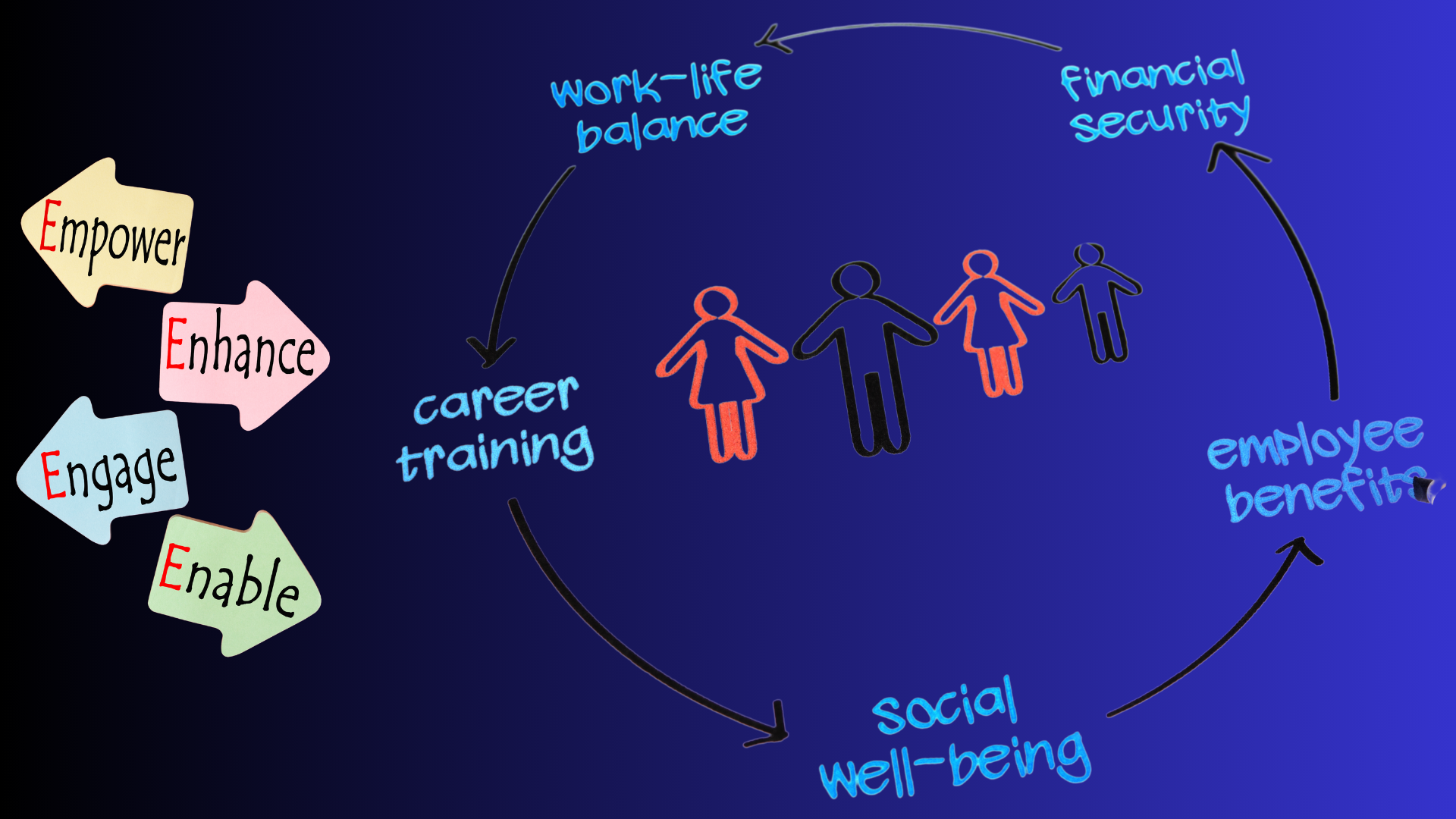1. Say Goodbye to Admin Overload
If HR admin tasks feel like they’re eating your time, you’re not alone. An HRMS takes care of the heavy lifting—payroll gets processed without errors, attendance tracking is automatic, and leave approvals happen with just a click.
Example: A tech startup in Dubai struggled to keep up with payroll during rapid hiring. After implementing an HRMS, their payroll errors disappeared, and payments became consistent, giving the HR team more time to focus on onboarding new talent.
2. Stay Compliant Without the Stress
Navigating labor laws and compliance requirements, especially in regions like the UAE, can be tricky. Miss a visa renewal or forget to track overtime correctly, and you’re looking at potential fines. An HRMS helps you stay on top of all this with built-in compliance tracking and automated reminders.
Example: A construction firm used an HRMS to manage visa renewals and overtime logs for their workforce. Not only did it eliminate fines, but it also improved trust among employees who knew their work hours were tracked fairly.
3. Empower Your Employees
Nobody likes waiting for HR to approve leave or dig up payslips. With self-service HRMS portals, employees can handle these tasks themselves. It’s faster for them and frees up your HR team to focus on strategic work.
Example: A retail chain introduced an HRMS where employees could track their leave balances and update personal details online. The response? Less frustration, faster approvals, and happier teams.
4. Make Smarter Decisions with Data
As your business grows, you’ll need to make decisions quickly—and an HRMS gives you the insights to do just that. Want to know which department has the highest turnover? Or where you’re spending most on overtime? Your HRMS has the answers.
Example: A logistics company analyzed HRMS data to identify a high turnover rate in one department. Armed with this insight, they adjusted workloads and introduced retention bonuses, improving stability in the team.
